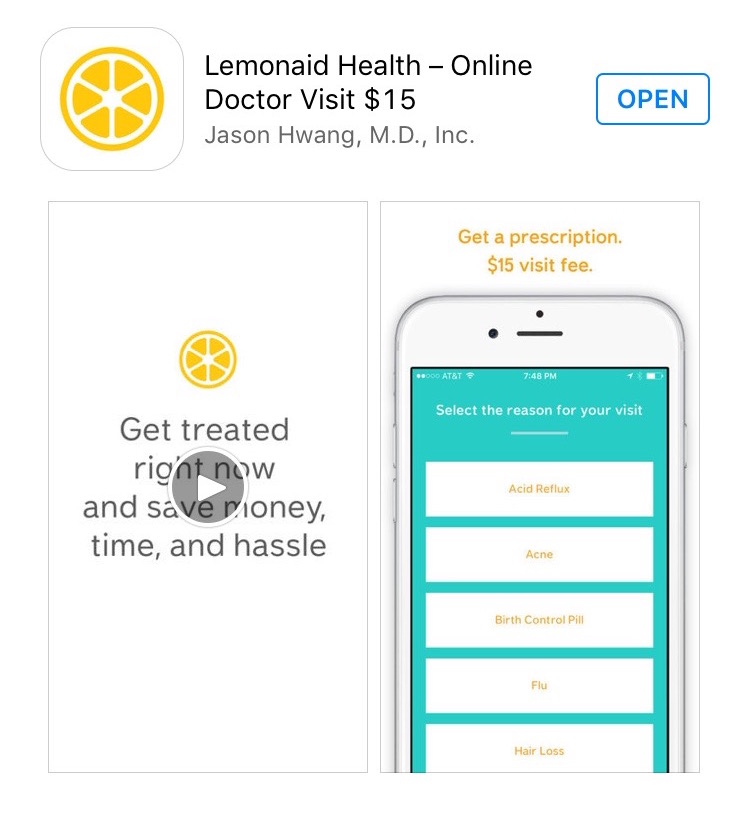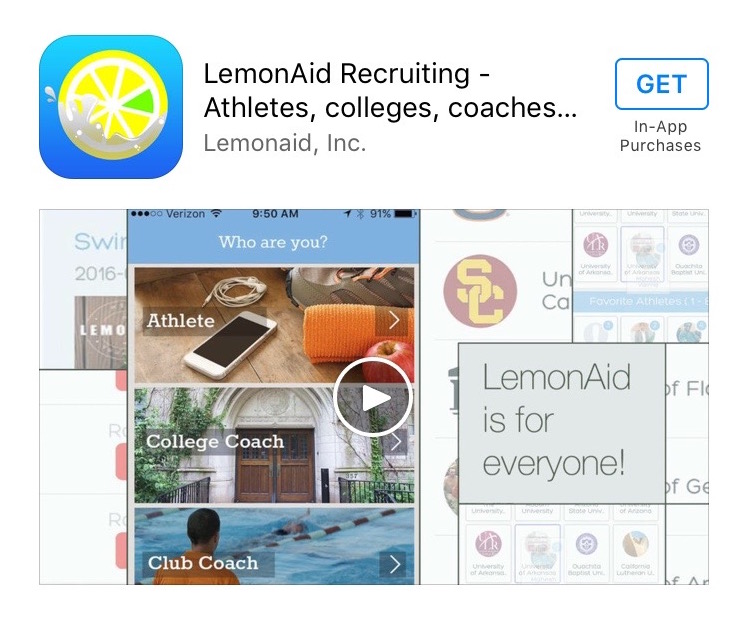Naming your app is like naming your baby and can be equally gut-wrenching. You want your name to be unique, but not so unique that no one can pronounce it or spell it. Your name ideally says something about your product’s personality, but also conveys its usefulness. Some apps that balance the two goals well are TravelZoo, BookBub, and Parking Panda; the names allude to the app’s main function, but are memorable and “brand”-able.
If only it were as easy as combining your app’s category with a fun-sounding noun, though. There’s much more to it than that. Here’s a quick rundown of 10 tips to consider when naming your mobile app:
1. Kill your darlings
It’s not a good idea to fall in love with a name right away. Your chosen name might only be meaningful to you and not your potential customers. It might already be trademarked. There might be another app named the exact same thing. When choosing a name, brainstorm lists and more lists of potential names. Use an app name idea generator like nameboy.com or dotomator.com to get you started. Then, let the cream rise to the top: show some of your names to friends and family, give yourself time to let ideas simmer in your brain, and see if themes begin to emerge that help you narrow the choices down. Optimize mobile app names on PickFu to get outside opinions before you launch.
2. Keep it short
You’ve got 30 characters for your app name on the App Store — and only 11 on your phone’s home screen. Make sure the name fits these parameters. The more concise it is, the more room you have for keywords.
3. Give context clues
Many apps include the app name as well as some descriptive words. Doing so can help users find your app, as well as improve your app store SEO. There are two apps called Lemonaid and LemonAid, but each added some context to help you understand what the app does.
4. Find the right App Store optimization keywords
Avoid the temptation to use every keyword you can think of. Instead, create a spreadsheet of apps in your niche, and make a column for each keyword used in their names. Figure out which ASO keywords are relevant, but perhaps not as competitive. Focus your efforts on three of them. Limiting yourself to three will spare you from looking spammy.
5. Avoid the wrong keywords
Excessive use of words like fun, addictive, best, and free can be a red flag not only to users, but to the search engines. Tread carefully.
6. Think beyond the App Store
Remember, you don’t just need to claim your name on the App Store — you’ll also need a URL and social media handles. Make clever use of prefixes and suffixes to help. The game Dots uses weplaydots.com and @dots on Twitter. Loyalty app Belly lives at bellycard.com and @bellycard.
7. Imitation isn’t always the sincerest form of flattery
Don’t try to piggyback on the success of an already popular app. Putting the word Angry in the name of your game won’t endear you to fans. And remember, Google Play has a rule that you can’t start your app name with a name of another app. So, for instance, you couldn’t call your app Android Media Player, but you could call it Media Player for Android.
8. No need to shout
It’s tempting to put your name in all caps to stand out. But you’ll stand out for all the wrong reasons.
9. Be URL-friendly, #$*#%^)!
Particularly in the App Store, avoid special characters such as *, >, and }. These symbols will cause iTunes to refer to your app’s numeric ID, rather than its name, to scan for relevant keywords in your app store listing.
10. Be global, name local
According to a 2014 study by Distimo, North America generated only 31% of global App Store revenue. If your app audience goes beyond our own borders, consider translating your app title, keywords, and description into the languages of your customers.
For more tips on marketing your mobile app, visit our resources page. If you’re selling on Amazon, learn more about split testing here.







